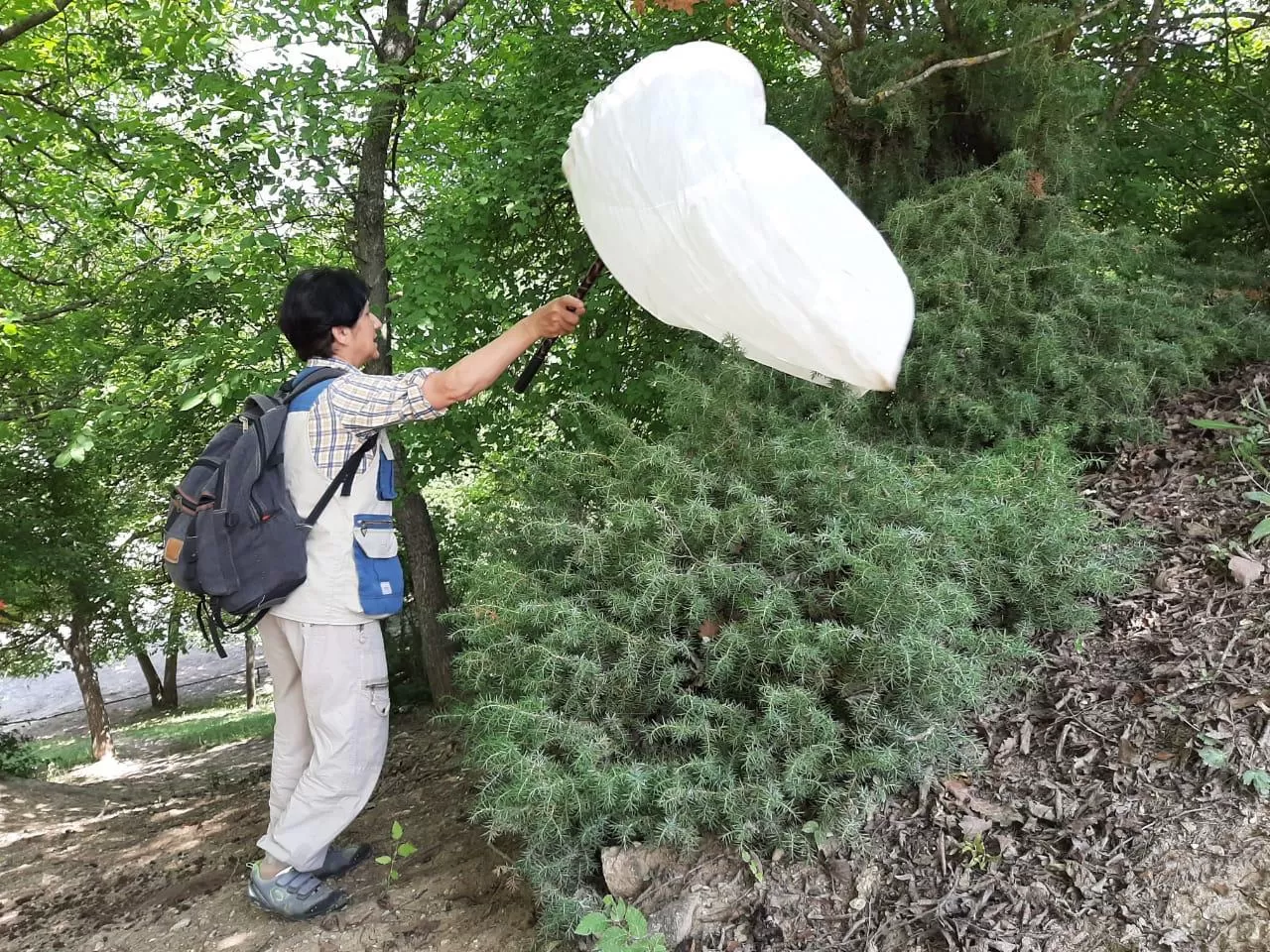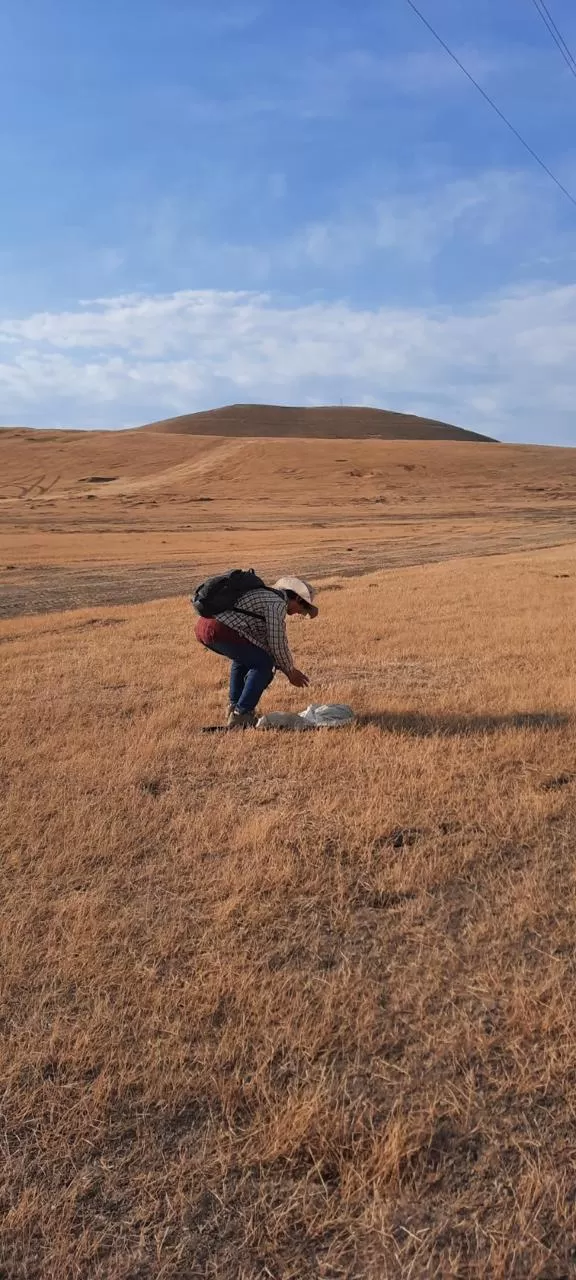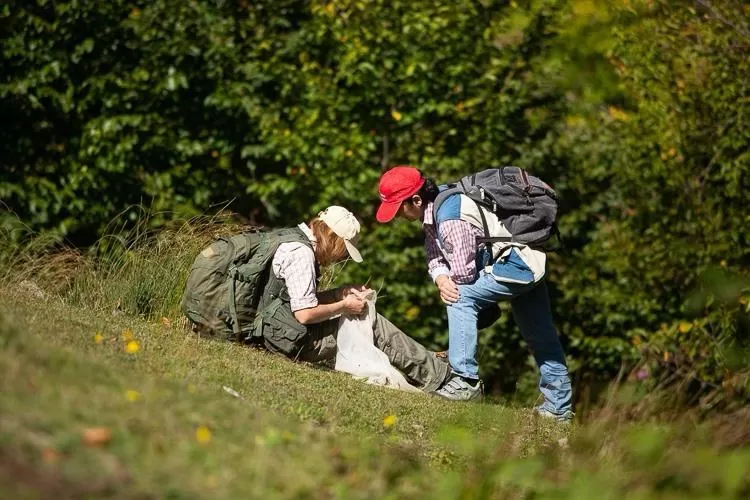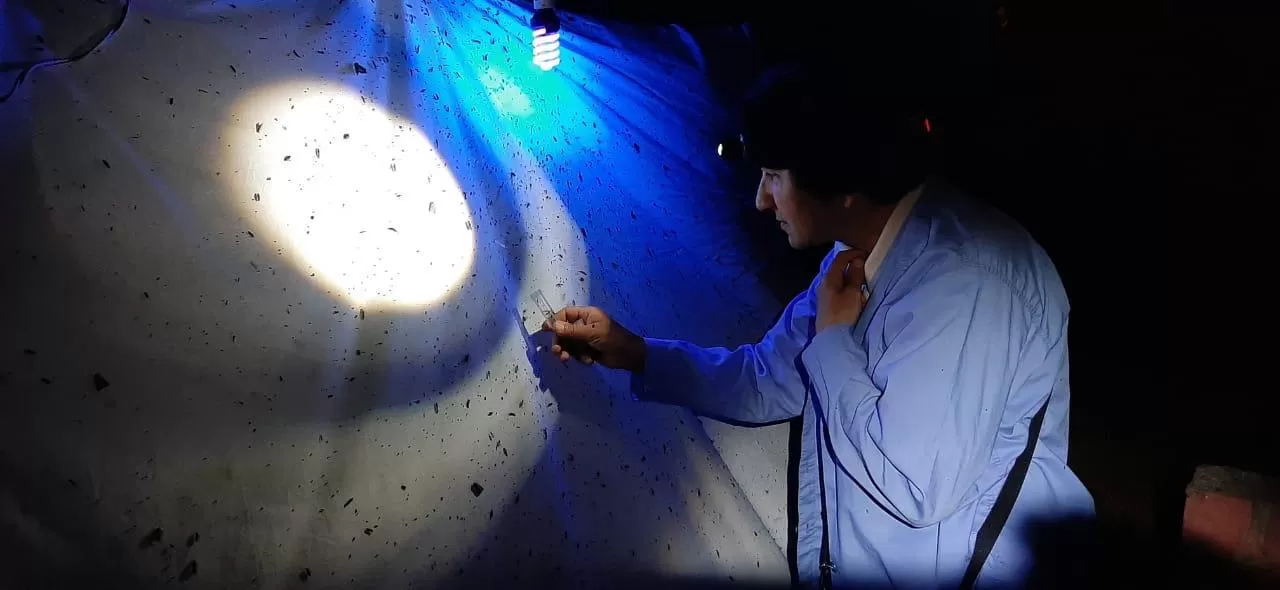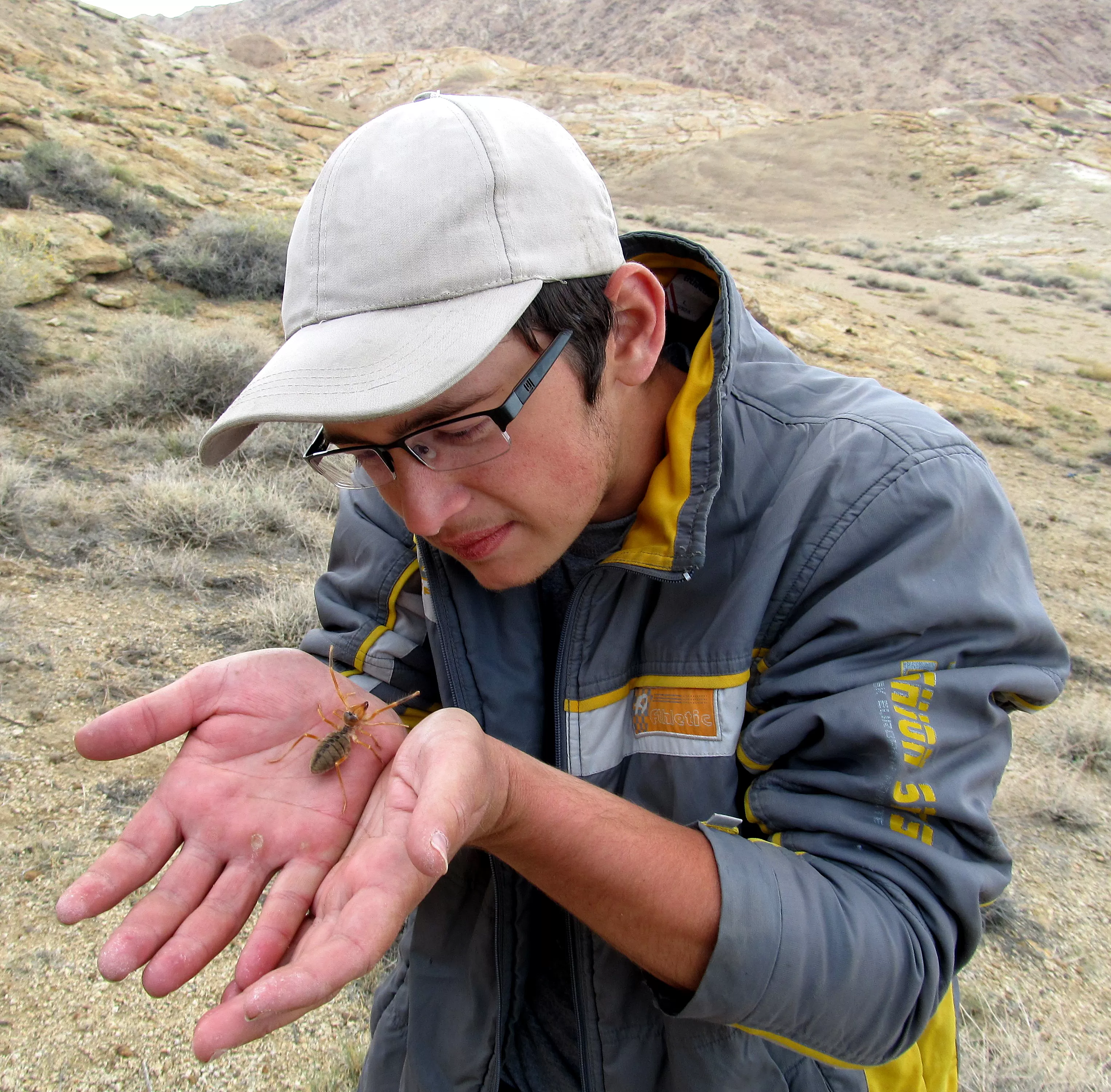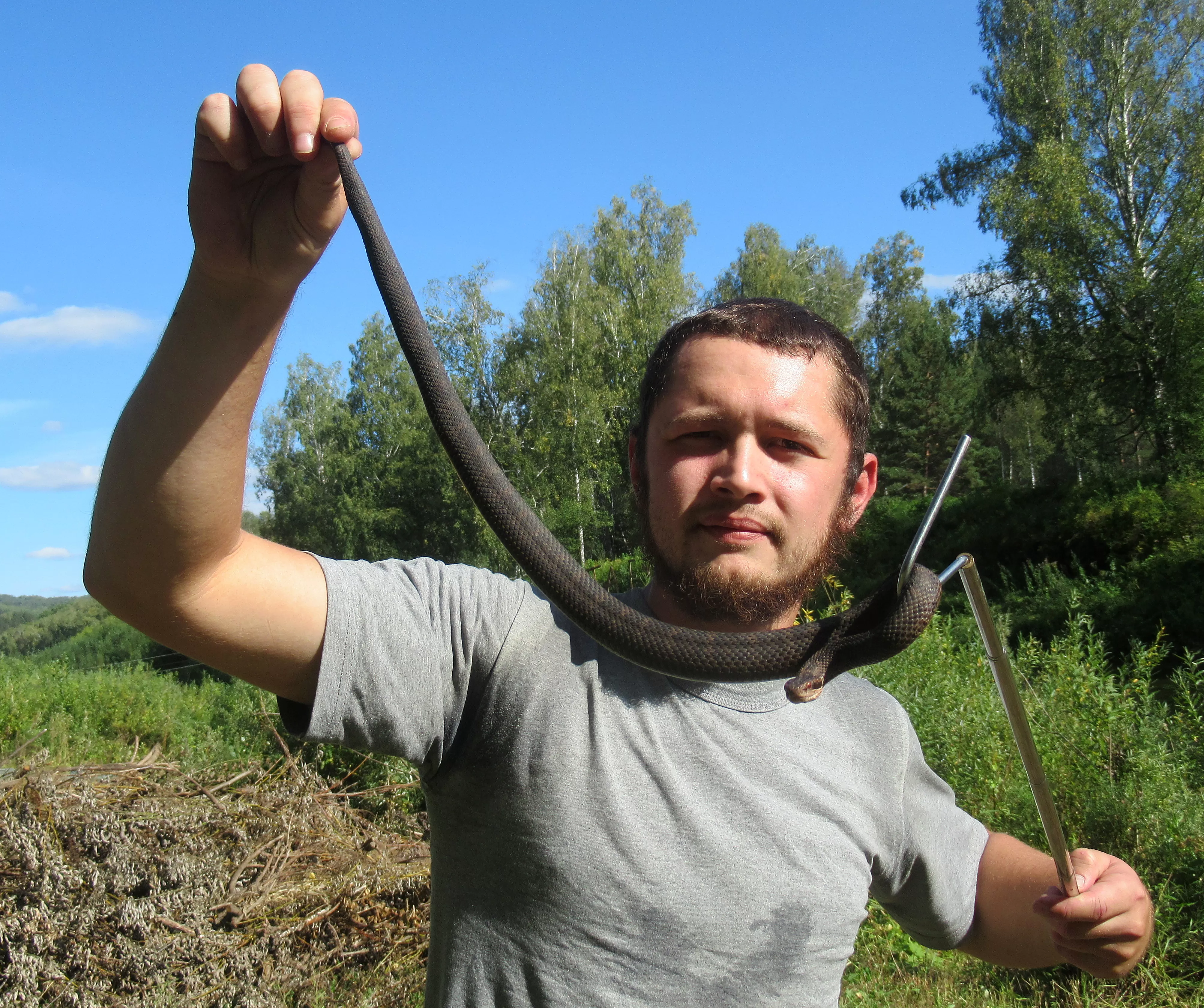Research is mainly conducted at the Scientific Research Institute of Caspian Sea Problems of the Western Caspian University.
Biodiversity is high in the Caucasus Ecoregion. Landscape diversity and species diversity have been the focus of research in the last decades, yielding long species lists in both plant and animal taxa and a high landscape diversity with a very rich mosaic of ecosystems and habitats in this region.
The most species-diverse terrestrial taxon are usually the arthropods, namely insects. Despite a good number of taxonomic and faunistic studies in the Caucasus Ecoregion, we have no precise knowledge on how many arthropod species to expect in this region, even less so concerning species diversity patterns across different habitats, ecosystems, regions or countries. Trends in arthropod diversity in the Caucasus Ecoregion remain unknown.
Precise information on spatial patterns of species richness and endemic species distribution is important for effective species conservation. In the Caucasus Ecoregion such information is virtually non-existent for invertebrate taxa.
Arthropods, i.e., invertebrate animals with a segmented body, an exoskeleton, and jointed appendages, represent the largest phylum in the animal kingdom, accounting for over 80% of all known living species. They include a variety of forms such as insects, lobsters, crabs, spiders, scorpions, mites, centipedes, and millipedes that live in every habitat on Earth and exhibit great biodiversity with a variety of adaptations. Arthropods play extremely important roles in maintaining the ecosystem and can also be beneficial for humans.
This project work by our research team is therefore very useful.
